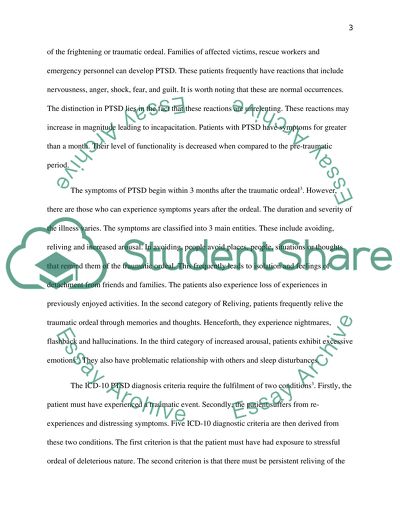Cite this document
(“The Effectiveness of Drug Treatments on PTSD compare to Immediate Essay”, n.d.)
Retrieved from https://studentshare.org/health-sciences-medicine/1398450-the-effectiveness-of-drug-treatments-on-ptsd
Retrieved from https://studentshare.org/health-sciences-medicine/1398450-the-effectiveness-of-drug-treatments-on-ptsd
(The Effectiveness of Drug Treatments on PTSD Compare to Immediate Essay)
https://studentshare.org/health-sciences-medicine/1398450-the-effectiveness-of-drug-treatments-on-ptsd.
https://studentshare.org/health-sciences-medicine/1398450-the-effectiveness-of-drug-treatments-on-ptsd.
“The Effectiveness of Drug Treatments on PTSD Compare to Immediate Essay”, n.d. https://studentshare.org/health-sciences-medicine/1398450-the-effectiveness-of-drug-treatments-on-ptsd.


